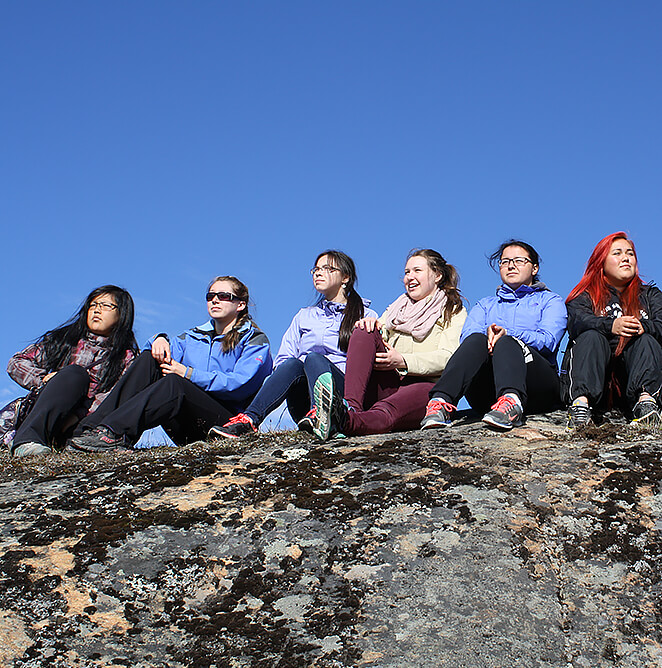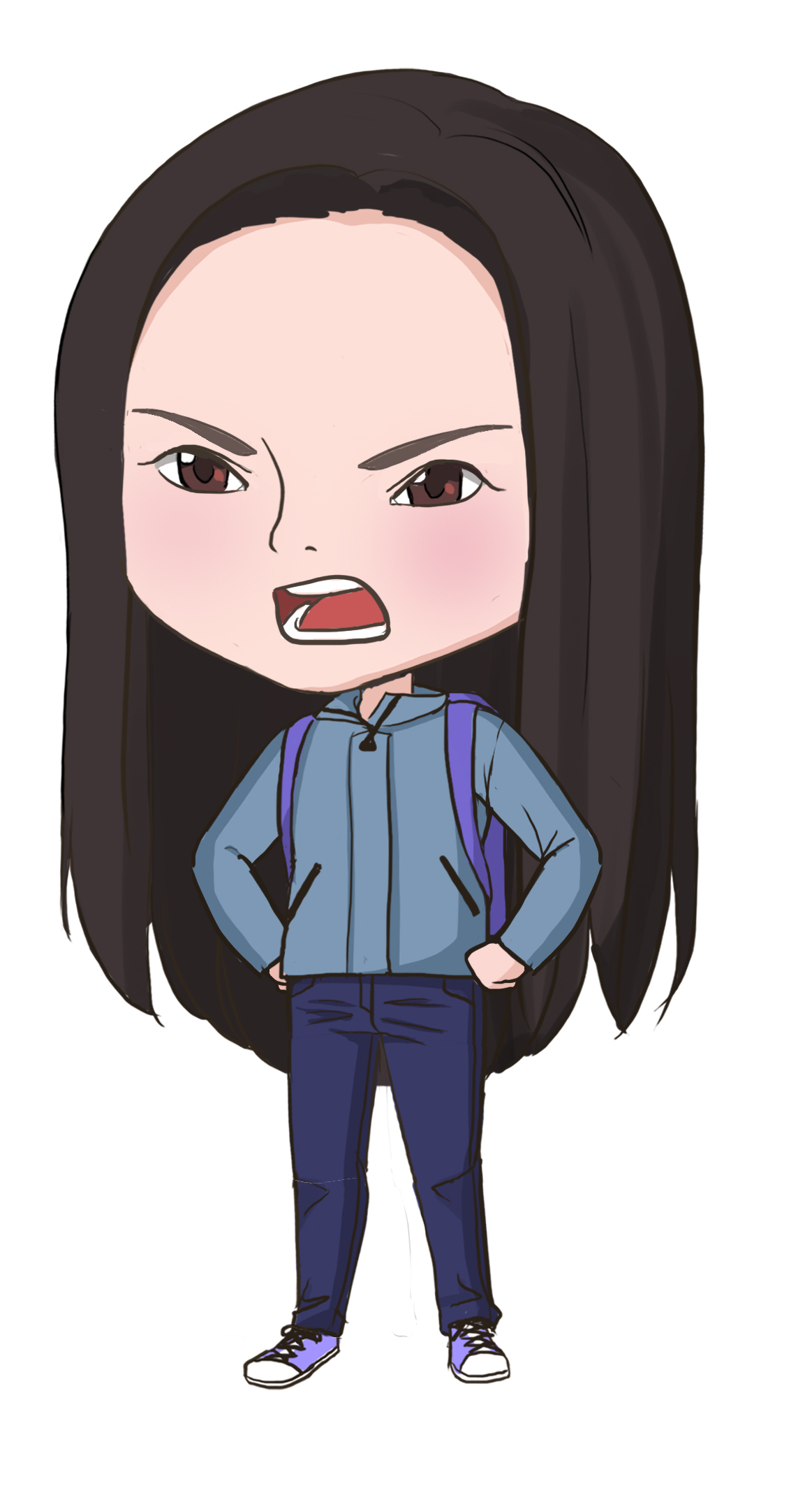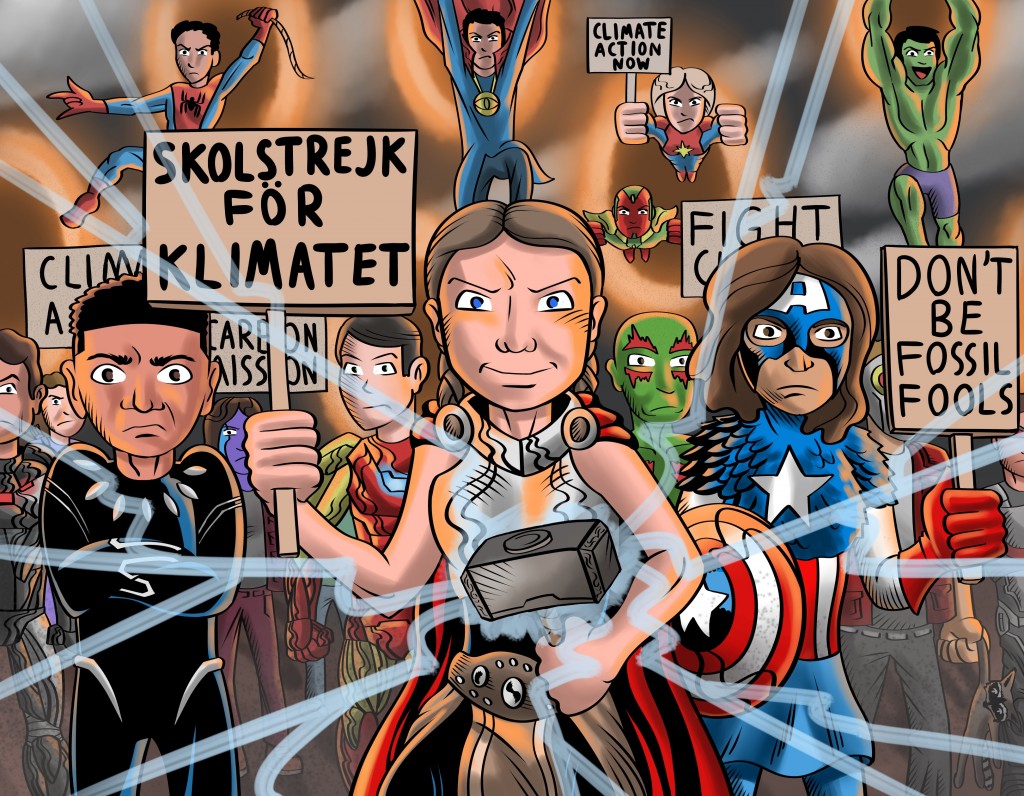Youth: The Personal is Political
Youth between 15 and 30 years old, have a opportunities to be engaged and heard on the issue of climate change and climate action: but it's not always easy to know where to bring voices forward to. Whether at the national level, regionally or locally, often the decision-making tables are reserved for elected officials and adults, particularly where there are big dollars for programs, business interests and negotiations. That can be very intimidating for youth who see climate change happening, but can feel powerless (or even a little initiated) to come forward. This often results in more aggressive approaches to be and feel heard like school strikes, mass protests, sit-ins, that get media attention, but doesn't always take the longview or have sustainability.

Inuit Youth Representation
The National Inuit Youth Council (NIYC) was established by the Inuit Tapiriit Kanatami (ITK) in 1993 to provide guidance and input into issues of interest for Inuit youth in Canada. Each NIYC representative is tasked with voicing the concerns and ideas of Inuit youth from their respective regions, with the elected President serving as the National voice of Inuit youth.
The council is made up of six voting members and 1 president, who is elected for a 2 year term every second June. There are 6 regional youth file holders, employed by the respective land claims organizations that sit on the NIYC as the voting members. The Youth Project Coordinator(s) of Inuit Tapiriit Kanatami (ITK), the parent organization, serves as the coordinating office for the NIYC.
Other National Youth Action Networks

Other national organizations also exist where youth can join and participate in climate action activities. The Climate Action Network Canada is an organization that allows for open membership, with opportunities to be engaged and learn and participate in climate change issues locally, regionally and nationally. Many groups focus their activities in Ottawa where learning the skills of policy, government relations, communication, advocacy and being in closer proximity to federal government decision-makers on issues affecting climate change, is right there. That's pretty exciting to be be in the mix with other like-minded and knowledgeable youth and adults on climate change, while having direct meetings with senators and members of parliament to bring your ideas forward.
So don't be angry - get active!
For more information, check out the CAN!
Youth as Media Influencers
Youth are much more media savvy and connected than adults. They build their "brand" at a young age (some less aware of images and oversharing of personal information) but on the issue of climate change: the air game (social media), ground game (print media) and networking, youth have a way to connect faster and often with more impact, than adults.
Youth are seeing that it is their peer group and network that is important. Social learning, fundraising, influencing thought and image, and mobilizing action, can be done in a matter of minutes through Instagram, Snapchat, Facebook...but not Twitter. That's so passé. Even where connectivity is growing stronger in every community in Nunavut, the majority of youth have a cell phone, and that is a power of engagement and connection that is unparalleled in our lifetime.

We have all seen the overnight media success of youth with a cause: Greta Thunberg is a prime example, but there are many youth, and they reject being a token, single face or voice, on issues of environment, social justice and action.
To see how the power of media can bring youth voice forward, read the following articles and consider what barriers exist for youth, but also opportunities, for youth to be engaged in the climate conversation in often a more meaningful way than with a picket sign.
I Can Literally See Climate Change in my Own Backyard
11 Young Climate Justice Activists you Need to Pay Attention to
The Role of Social Media as a Soft Power
REFLECTION QUESTION:
In your community, what formal (political youth council), not-for-profit advocacy group or media opportunities exist for youth?
What could youth voice contribute to community development and action on climate change?

Copyright © All Rights Reserved

